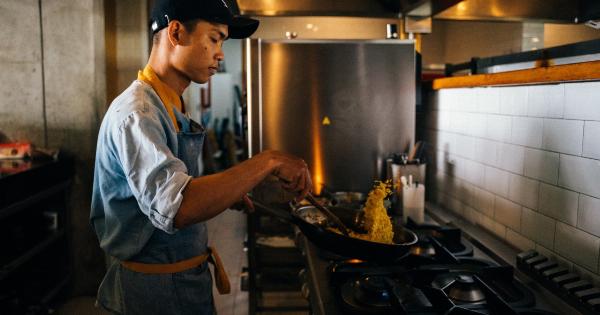Removing male from rice is an essential step in the cooking process to ensure a clean and well-cooked dish. Male refers to the tiny, dark impurities found in rice that can affect its taste and texture.
By following this step-by-step guide, you will learn how to identify and remove these unwanted particles, resulting in delicious, perfectly cooked rice every time.
Step 1: Sorting the Rice
The first step in removing male from rice is to sort it thoroughly. Spread the rice evenly on a clean, flat surface like a tray or a large plate. Pick out any visible impurities such as stones, twigs, or debris.
Step 2: Inspecting the Rice
Take a closer look at the rice grains to identify any remaining male. Male particles are usually darker in color and smaller than the grains of rice.
It is important to note that male particles are not harmful, but they can affect the overall quality of the cooked rice.
Step 3: Rinse the Rice
Place the sorted rice in a colander or a fine-mesh sieve. Rinse it thoroughly under cold running water to remove any loose male particles or dust. Gently stir the rice with your fingers while rinsing to ensure an even removal of impurities.
Step 4: Soak the Rice (Optional)
Soaking rice before cooking is a common practice that can help remove male particles more effectively. Fill a bowl with enough water to submerge the rice and let it soak for at least 30 minutes, or as directed by the recipe.
Soaking also helps soften the rice grains, resulting in fluffy cooked rice.
Step 5: Swirl and Separate
After soaking, gently swirl the rice in the bowl with your hands. Male particles are generally denser and settle at the bottom. Use your fingers to carefully separate the male and water from the rice.
Pour out the water, being cautious not to pour out the rice.
Step 6: Repeat the Rinsing Process (Optional)
For a thorough removal of male particles, repeat the rinsing process one more time. Place the separated rice back into the colander or sieve and rinse it under running water. This step ensures that any remaining male particles are flushed away.
Step 7: Drain the Rice
Shake the colander or sieve gently to remove excess water from the rice. Let it drain for a few minutes until the rice is relatively dry. Avoid drying the rice completely, as it needs some moisture to cook evenly.
Step 8: Cook the Rice
Now that your rice is clean and ready, follow your preferred cooking method to prepare delicious rice. Whether it’s stovetop, rice cooker, or Instant Pot, refer to the appropriate instructions for the type of rice you’re using.
Cooking times may vary based on the rice variety, so refer to the package instructions or recipe for guidance.
Step 9: Fluff and Serve
Once the rice is cooked, use a fork or a rice paddle to fluff it gently. This helps separate the grains and prevent clumping. Serve the fluffy rice as a side dish, in sushi, or as the base for your favorite rice-based recipes.
Step 10: Cleaning Up
After cooking, don’t forget to clean up! Wash the colander or sieve thoroughly to remove any remaining rice particles. Store the rice in an airtight container to maintain its freshness.































